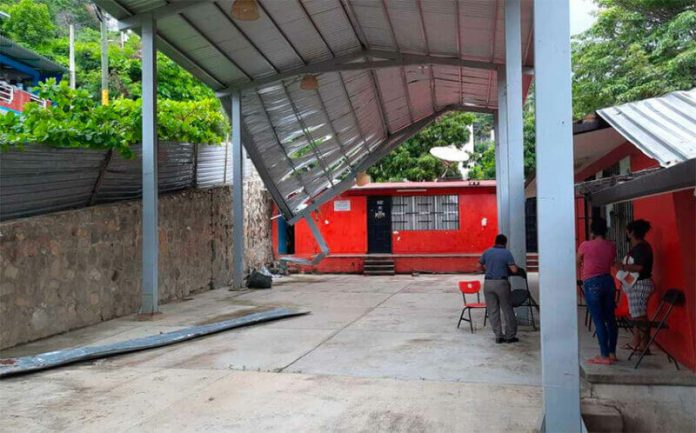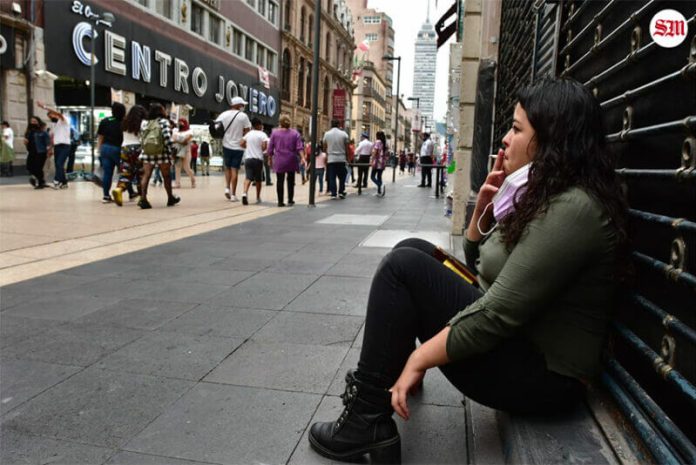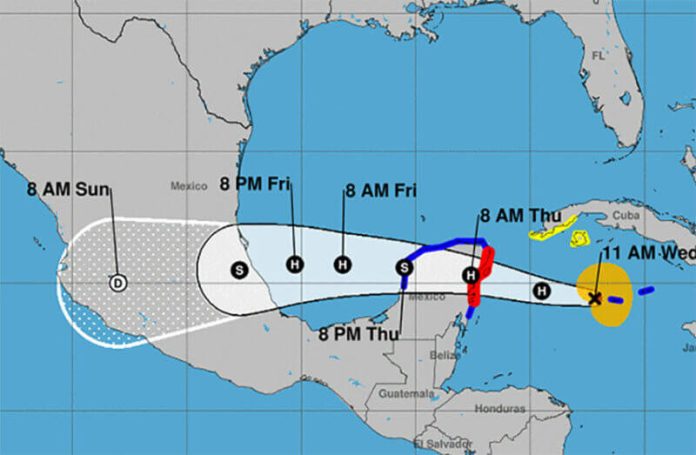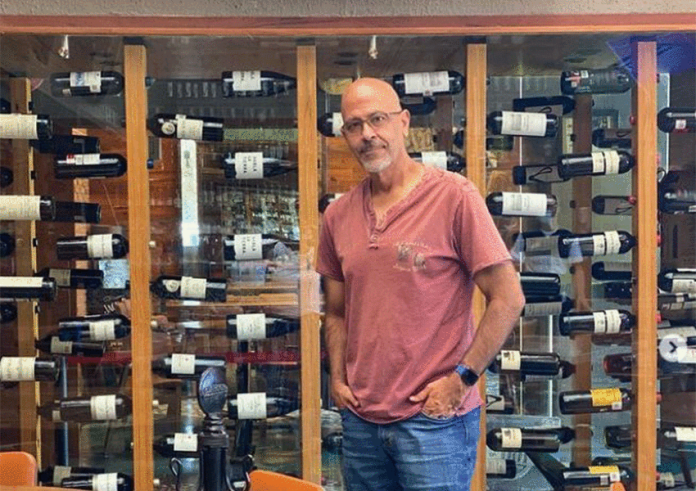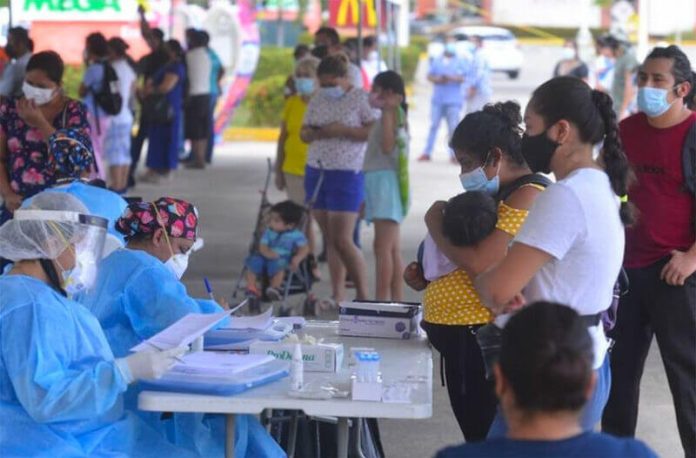A boom in real estate construction and speculation has kept the economy in Mazatlán, Sinaloa, afloat over the last 14 months and through the Covid-19 pandemic, with domestic buyers to thank.
Seventy percent of sales have come from customers in Durango, Chihuahua, Coahuila, Nuevo León and Jalisco as well as the U.S. Latin American market, according to state Chamber of Commerce representative Óscar Tirado Bernal.
In the last 32 months, 36 billion pesos (about US $1.8 billion) in private investment has arrived in Mazatlán, of which 63% went to tourism-real estate. Forty new vertical developments are planned for 2021 and the economic future looks bright for the next 10-15 years, according to the newspaper El Sol de Mazatlán. A new aerospace park for cargo plane construction and a new cruise ship pier are both in development.
Tirado said the recent success of the real estate market had gone against predictions. “Surprisingly, unlike what was expected, in the last 14 months a very good level of sales has been maintained for Mazatlán … so hopefully this will continue for a few more years,” he said.
He added that business was coming from domestic buyers. “The national investor has displaced the international. Mazatlán is becoming a total investment destination for Mexicans. As long as the momentum for beach destination real estate continues, it will generate great confidence.”
The Chamber of Commerce executive and real estate agent also mentioned price as a factor: for a beach destination, property in Mazatlán is much more affordable than rival destinations like Puerto Vallarta, Los Cabos and Cancún. In those highly international destinations, prices can be double what they are in the Sinaloa beach city.
The most sought after areas in Mazatlán are beach locations at Malecón, Zona Dorada and Cerritos, which cost around 7 million pesos (about $350,000).
However, more affordable properties, at 3.5 to 4.5 million pesos (about $175,000-$225,000), are available in the city center, Playa Sur, Olas Altas, Palos Prietos, Ferrocarrilera, Lomas de Mazatlán, Sábalo, Gaviotas and El Dorado, and parts of Cerritos.
In Tirado’s view, buying in the city is a prudent investment and lifestyle choice. “You can enjoy it, and above all that you can receive a return on investment by renting to people who are planning on buying here,” he said.
With reports from El Sol de Mazatlán

